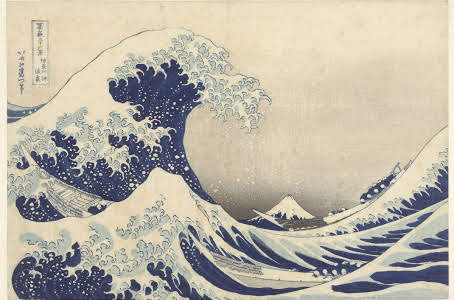A new definition of "trauma" for the new year--why it's a lot more common than you'd think!
Happy New Year! I’m looking forward to continuing to work with you in 2019.
At Bodhisattva Bodywork, a large part of my job is educating clients about how normal it actually is to have trauma, and about how we can work together to resolve trauma symptoms and causes within their bodies.
Most of us think of trauma as something caused by large, overwhelming experiences, such as natural disasters, war, traffic accidents, near-death experiences, sexual assault, near-drowning, child abuse, etc. If we have been fortunate enough to avoid such events, we don’t feel we’ve ever been traumatized.
But trauma doesn’t lie in any event itself. In fact, trauma is the result of anything that causes our body to become stuck in survival mode. Trauma may begin as acute stress from a perceived life-threat (as with the events listed above) or it may be the end product of cumulative stress. Trauma may therefore also result from such events as medical or dental procedures, emotional abuse, neglect, loss, falls, birth trauma, or ongoing physical/mental/emotional conflict. In short, even ordinary events can cause trauma.
How does this happen? Like animals, we are hard-wired to respond to traumatic incidents as though we are in mortal danger—our sympathetic and parasympathetic nervous systems automatically engage to take us into the most effective physical response (fight, flight, freeze, or collapse) that will ensure our survival.
Although animals naturally discharge excess adrenaline energy once they’ve made their escape, because of shame or other pervasive thoughts, judgments, or fears, we often override this healing physical release. The residual survival energy remains bound in our system, leading us to feel “stuck.” With each successive stressor, our innate ability to function with resilience and ease is overwhelmed, and we see-saw back and forth between hyperaroused “on” and collapsed “off,” exhausting ourselves in the process, as seen in the diagram below:
At this point, we are said to be “dysregulated.” Our nervous system is overwhelmed, and must now borrow energy from other body systems to function. Those systems, in turn, become overwhelmed, and we find ourselves experiencing a whole host of potential problems, illustrated as “Stuck on On” and “Stuck on Off” in the diagram.
The good news is that we can change this pattern! Anything that allows us to feel completely safe, contained, and supported will help. The longer we can spend in these healing states, bit by bit, the artificial scaffolding our body created to manage our symptoms will start to let go and our innate ability to naturally regulate stress will return and grow.
I’ve spent the last few years learning Dr. Levine’s SE™ work and additional, post-advanced modalities, and am happy to help. Please feel free to contact me with any questions at anna@bodhisattvabodywork.com, or at (919) 636-9439.
“At Bodhisattva Bodywork, I offer a variety of trauma resolution therapeutic services in my Chapel Hill office and online via a secure video link. I’m also affiliated with a trauma-focused group psychotherapy practice in Japan: Trauma Treatment Center and Resources (TTCR), which offers body-based therapy sessions and educational seminars in both English and Japanese.”


